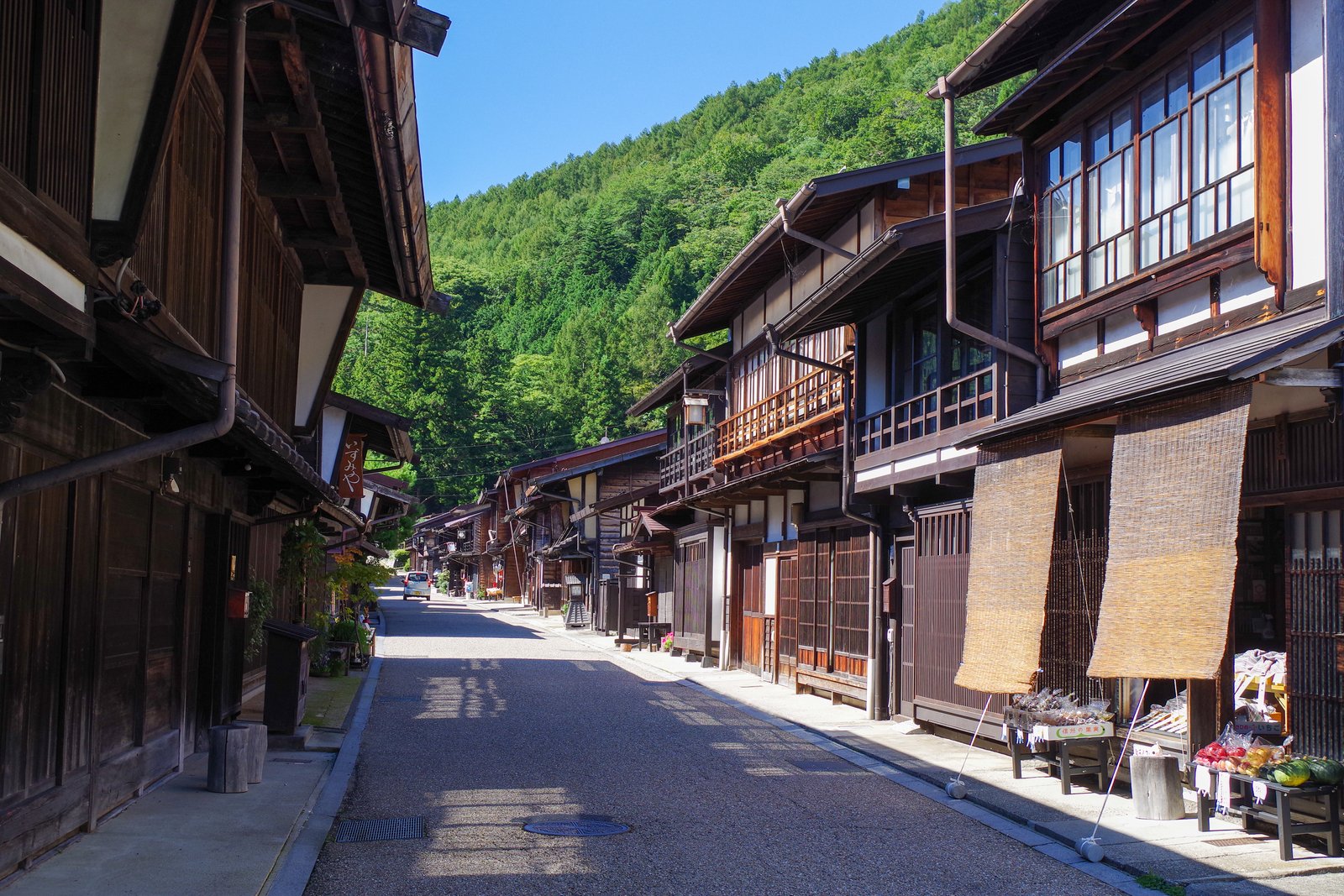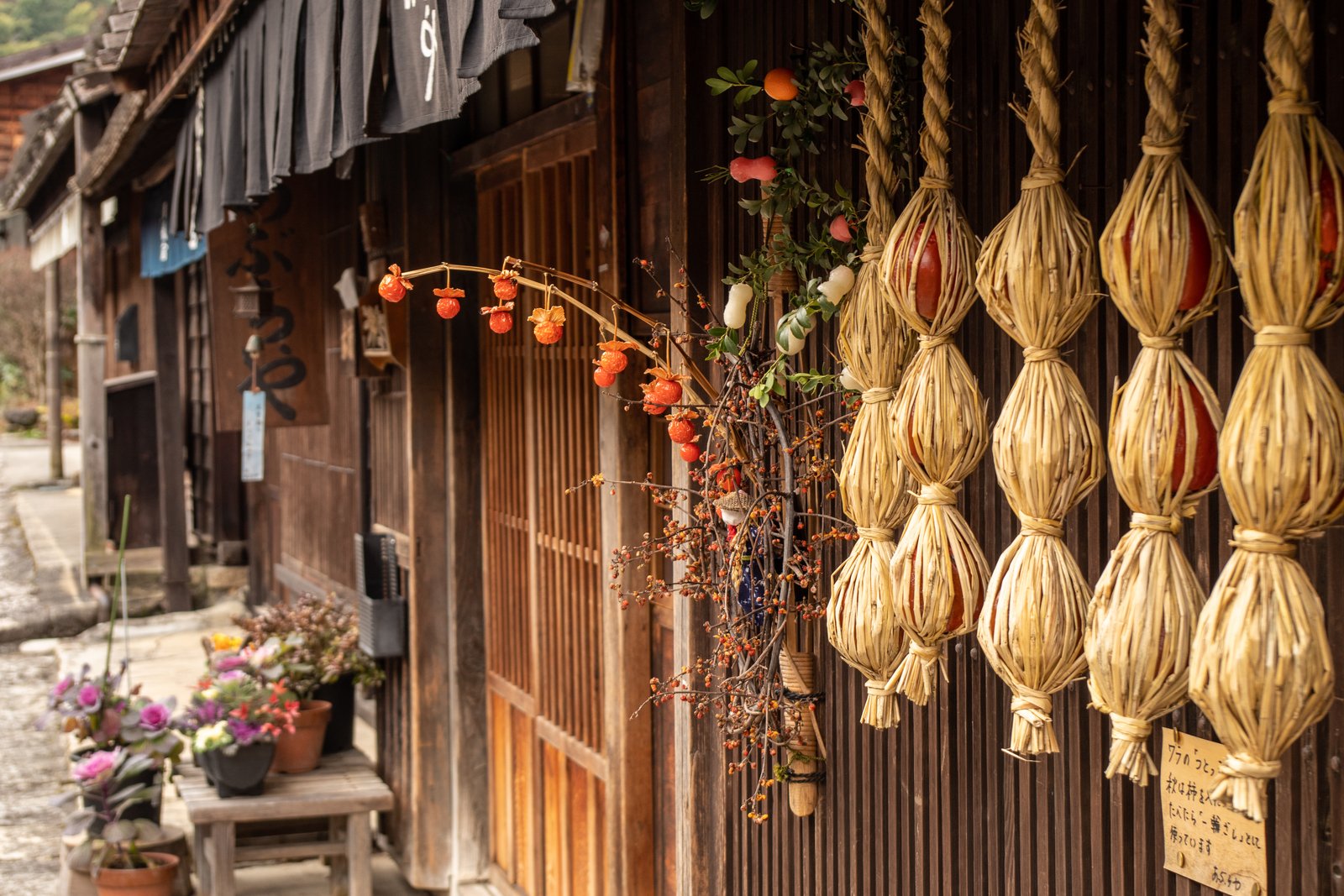The Nakasendo’s Most Popular Detour: Zenkoji Temple
Travelers along the Nakasendo didn't always go straight between Edo and Kyoto. Many of them sought Eastern Japan's center of Buddhist faith: Zenkoji Temple.
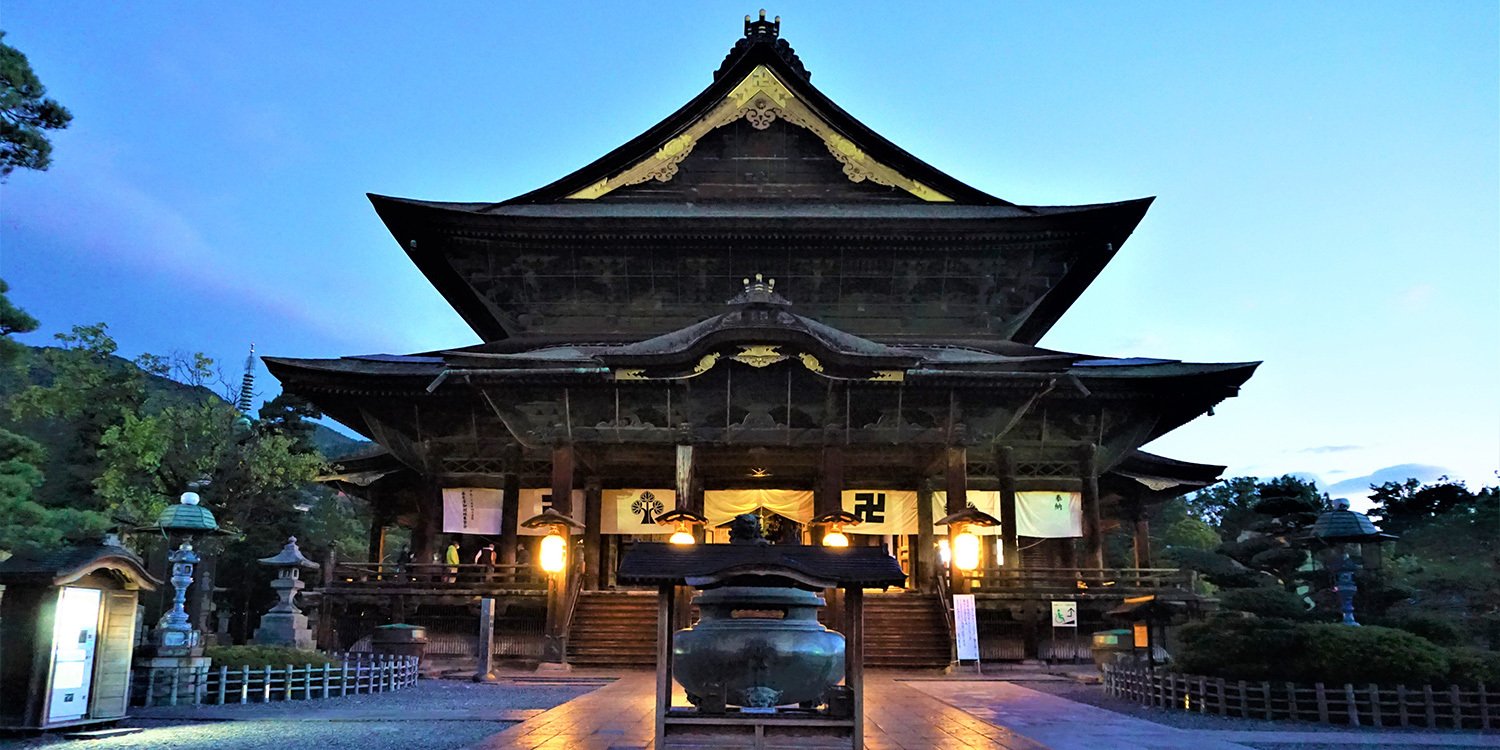
Winding through the Kiso Valley in Nagano lies the Nakasendo: the old route connecting Edo (modern-day Tokyo) and Kyoto. It passed through many post towns, where travelers would stop for the night. As travelers walked the Nakasendo, many took a popular detour known as the Zenkoji Kaido. People would go to Zenkoji Temple for the variety of spiritual services the temple offered, the most important being the morning service known as Oasaji. Many shukubo (temple lodgings) sprouted up near the temple to facilitate their pilgrimages. In addition, many visitors were intrigued by the simple yet sumptuous meals the monks would partake in, and as part of their spiritual journey, they took part as well. When their detour was complete, travelers would head back to the Nakasendo and complete their journey.
The Nakasendo's Most Popular Detour: Zenkoji Temple
Area History
The Nakasendo
With the establishment of the Tokugawa Shogunate routes from the old capital to the newly created capital in Edo (modern-day Tokyo) were needed. One such route was the Nakasendo. It passed through the mountainous interior of Japan and was a common route for people wishing to avoid floods and fording rivers, a common occurrence on the other main road, the Tokaido.
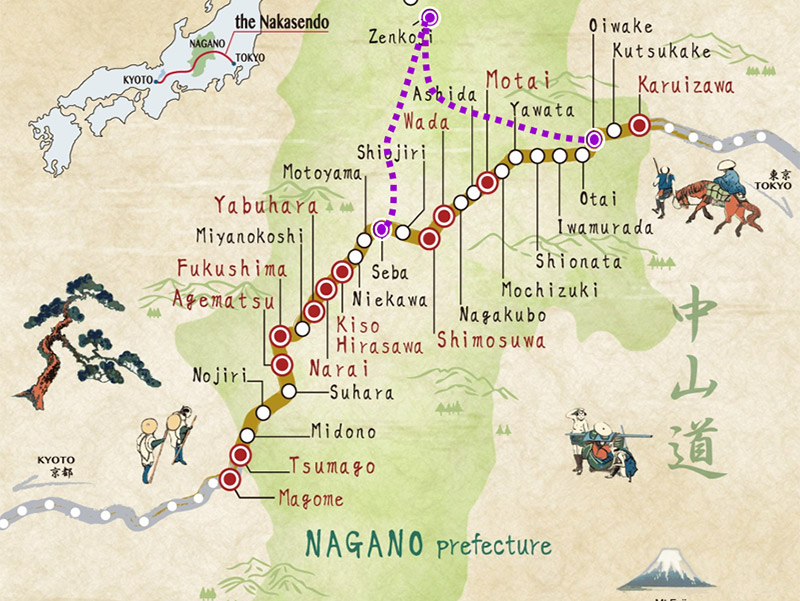
Detours were taken at Oiwake or Seba to visit Zenkoji Temple.
Despite the long journey to their destination, many people would take a detour to Zenkoji Temple. Travelers would take one of two detours starting at Oiwake or Seba. These roads became known as the Zenkoji Kaido. The road from Kyoto to Tokyo was already a long journey but travelers would eagerly spend several days to travel an additional 120km through rugged mountain roads to reach the temple. They were promised entry to the Pure Land regardless of their beliefs or social status, which made this a significant event for travelers. This voyage gave birth to the saying, “Once in a lifetime Zenkoji.”
The History of Zenkoji
Zenkoji is steeped in history. Buddhism was said to be first introduced to Japan around 1,500 years ago. According to records stored in Zenkoji Temple, the most important Buddha statue in Zenkoji Temple was brought to Japan when Buddhism was introduced. It is claimed to be the earliest Buddha statue in Japan. During this period, a movement known as Haibutsu-shugi (abolitionism) sprung up. The abolitionists sought to eliminate the newly introduced religion, and through their actions, they succeeded in disposing of the first Buddhist statue in Japan. Fortunately, it was saved by Yoshimitsu Honda, the administrator of the region, and brought to Shinano (modern-day Nagano Prefecture). In 644, the emperor requested the building of the Zenkoji Temple. “Zenko” of Zenkoji comes from an alternate reading of Yoshimitsu’s name, and the temple enshrines not only the Buddhist statue but also Yoshimitsu Honda himself.
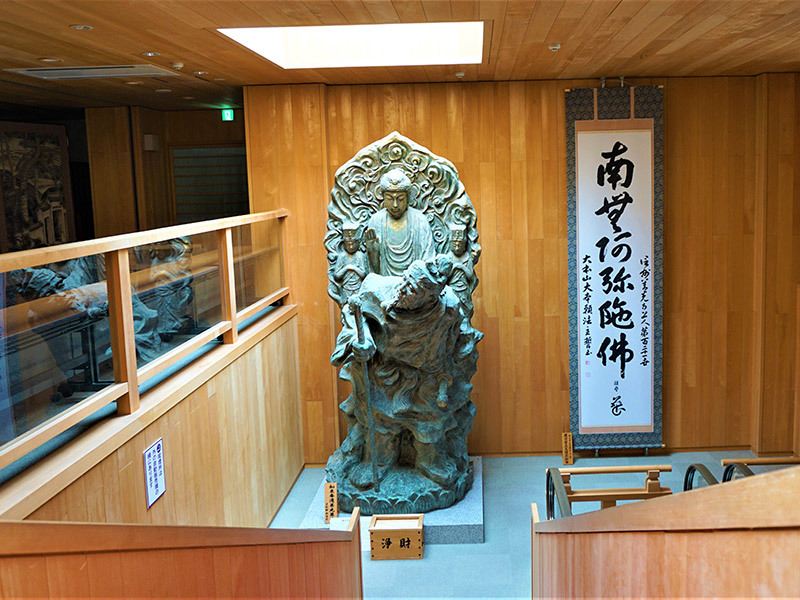
Notable monks began to visit Zenkoji Temple as it became known throughout Japan that it enshrined the oldest Buddha statue in the country. During the Warring States Period (1467-1615), the statue changed hands in conflicts as every victor wanted to possess it. According to legend, the warlord Toyotomi Hideyoshi returned the statue to Zenkoji after having a dream where the statue told him that it wished to return home.
Zenkoji Temple is jointly managed by two nearby temples: Daikanjin of the Tendai Sect and Daihongan of the Jodo sect. As a result, Zenkoji has two head priests instead of one.
Zenkoji Temple: The Main Attractions
What makes a visit to Zenkoji different from other temples in Japan? It is rare to have various experiences at temples as prestigious as Zenkoji. At Zenkoji you can stay at a Shukubo for a unique glimpse into the lives of the monks, enjoy historical architecture, beautiful gardens, healthy eating, and a variety of spiritual experiences that you will be hard-pressed to get anywhere else.
Shukubo Temple Lodges
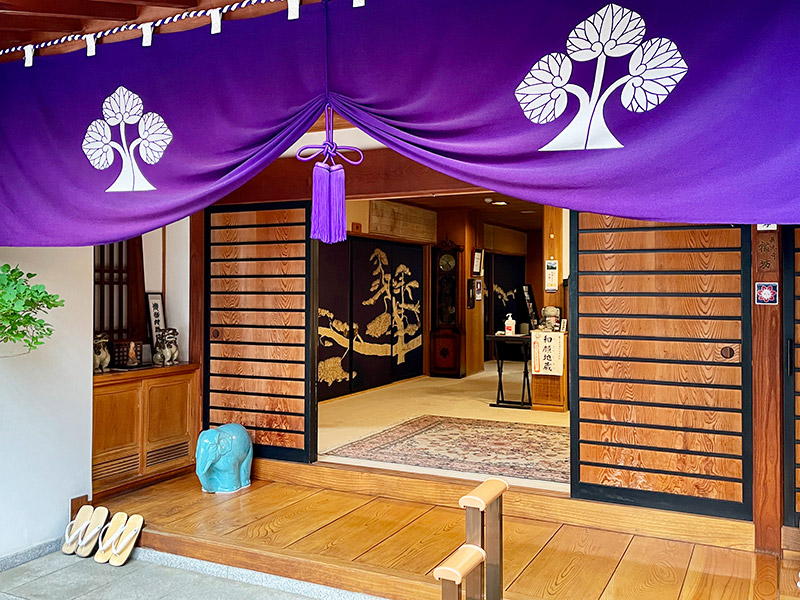
Shukubo were originally facilities for monks and worshippers to spend the night. Pilgrims needed a place to stay to partake in the Oasaji morning service; the Nakasendo was too far away for a daytrip. Today increasing amounts of tourists stay in the shukubo, and the services offered are increasing in turn.
There are 39 shukubo available at Zenkoji. Each offers amazing views of the temple grounds, and you can watch the monks as they go about their humble and simplistic lifestyles. The rooms themselves are very minimalist and at the same time relaxing and comfortable.
Make sure you don’t confuse these lodgings for regular hotels: your stay in a Shukubo will be regimented to not interfere with the routines of the monks. Dinner, breakfast, and even bathing times are preset, and the morning service is very early.
Shojin Ryori Cuisine
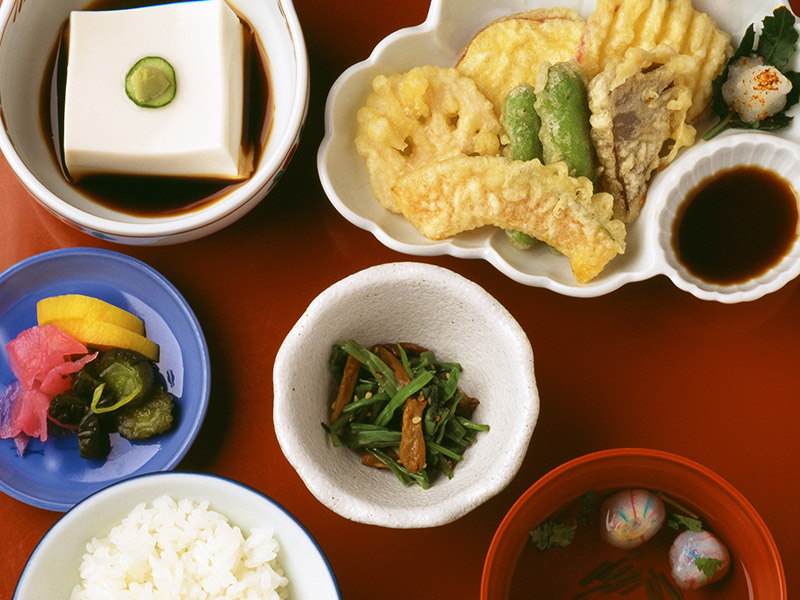
Many Japanese dishes emphasize simplicity and natural flavors, and Shojin Ryori is the gold standard. This traditional style of cuisine for Buddhist monks is made without using meat, fish, or other animal products. It is perfect for vegans, vegetarians, and everyone in between.
Shojin Ryori is made with seasonal vegetables, mountain plants, and the many soy-based foods Japan is famous for, like tofu and natto (fermented beans). These foods are said to bring alignment between your body, mind, and spirit. The dishes are simple and have left an influential mark on Japan’s haute cuisine known as Kaiseki.
Oasaji Morning Service
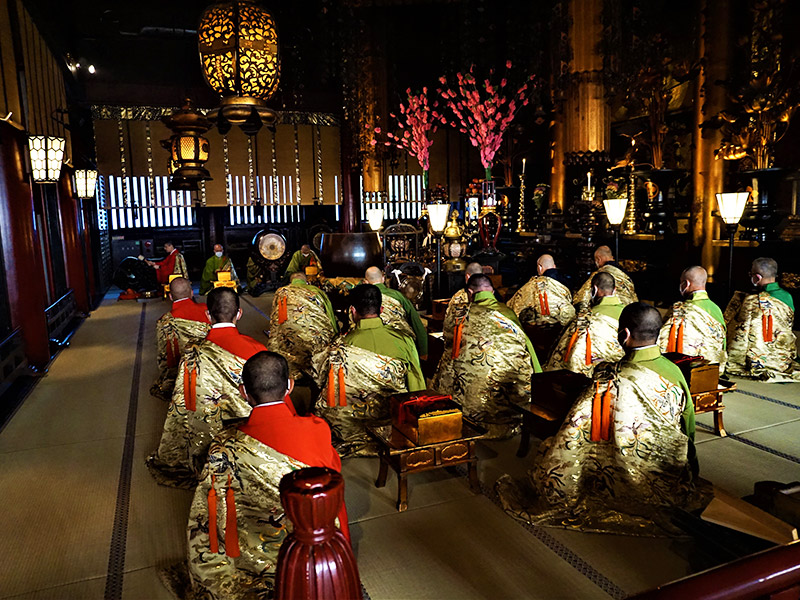
The most important reason for visitors in the past to visit Zenkoji was the Oasaji. On the last day of their visit, visitors stayed overnight in the main hall and participated in a morning Buddhist memorial service. Oasaji is a ritual where you pray for the dead to make their way safely into paradise. You can hear it performed in morning memorial services at Zenkoji Temple.
If you stay in a shukubo, be sure you don’t miss the morning ritual. How early is it, you might ask? It starts at sunrise, so the exact time changes throughout the year. The chanting of the monks is rhythmic and hypnotic, and while you may not understand the chants, if you sit back and let them wash over you, you will find you need no translation at all. After the morning service, you will feel fresh and invigorated, and the chanting prayers of the monks will be with you throughout the day.
When the chief priests of the Daikanjin and Daihongan visit for morning prayers, they may share their blessing by stroking the heads of visitors with their prayer beads. Many visitors line up outside of the temple before the Oasaji service to receive the chief priests’ blessings.
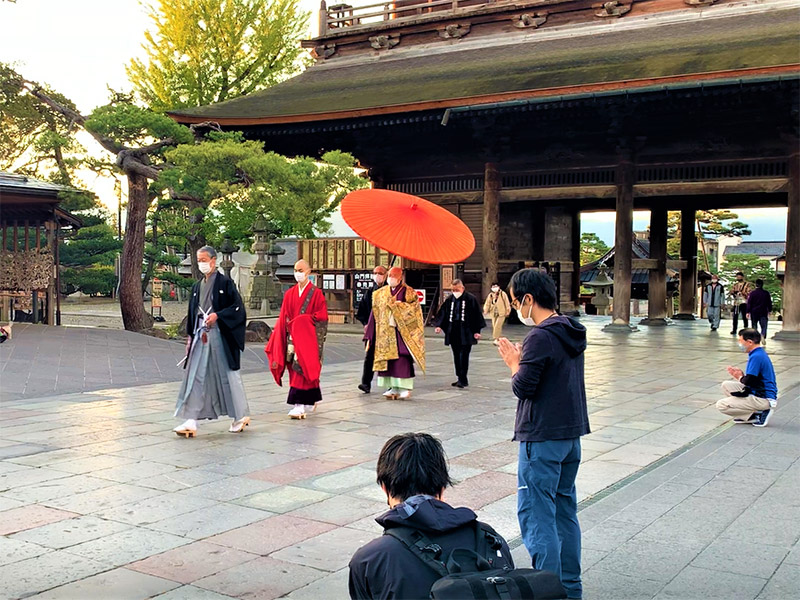
Additional Spiritual Experiences
Zazen Meditation
Clear your mind with guided meditation. Zazen is a Buddhist practice that involves sitting with good posture, focusing on your breathing, not allowing your mind to wander, or letting your emotions swing. The Daikanjin of the Zenkoji Temple offers this style of Zen meditation. Monks give lectures on proper posture and instruct you on breathing and thinking while giving you the time to reflect on yourself.
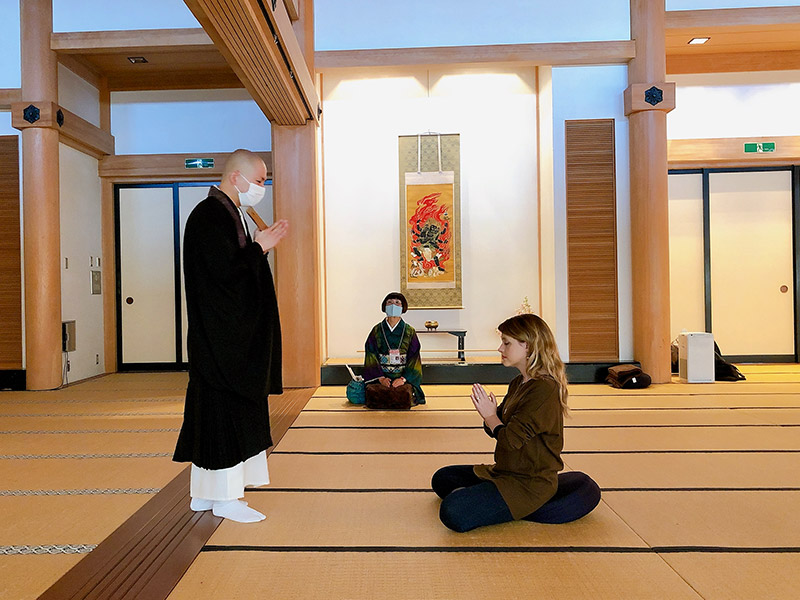
Sutra Copying
You can also try your hand at sutra copying at the Daikanjin. Sutra-copying is a practice that involves concentrating on writing Buddhist sutras to calm the mind and learn to control swings of emotion.
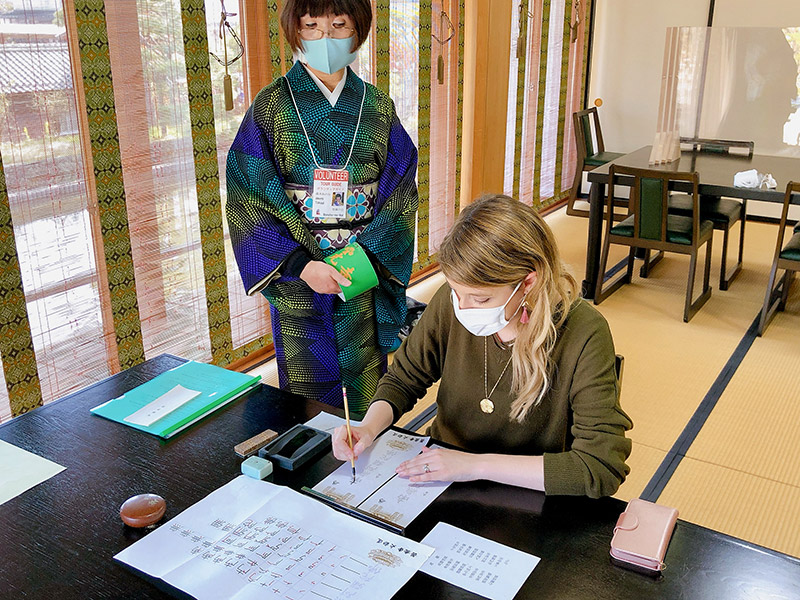
Gomataki
Gomataki is a burning ritual. People write their wishes on wooden cards and light them on fire to make them come true. The fire destroys negative energies while purifying both mind and body.
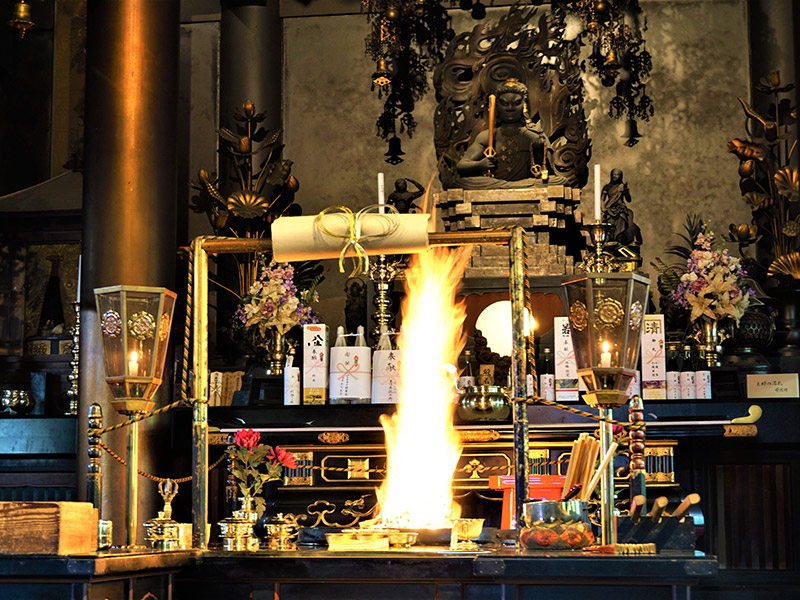
Wrapping Up
A trip along the Nakasendo is a trip through old Japan with many historical stops along the way. Zenkoji Temple offers a different experience: its history is alive in the practices of the monks, and you can take part in it. From a stay at the shukubo, a taste of traditional food developed by the monks, to the Oasaji morning service, Zenkoji brings a full menu of experiences for visitors today. After you take this spiritual detour on the Zenkoji Kaido, like travelers of old, make your way back to the Nakasendo and resume your journey through Japan’s historical past.

